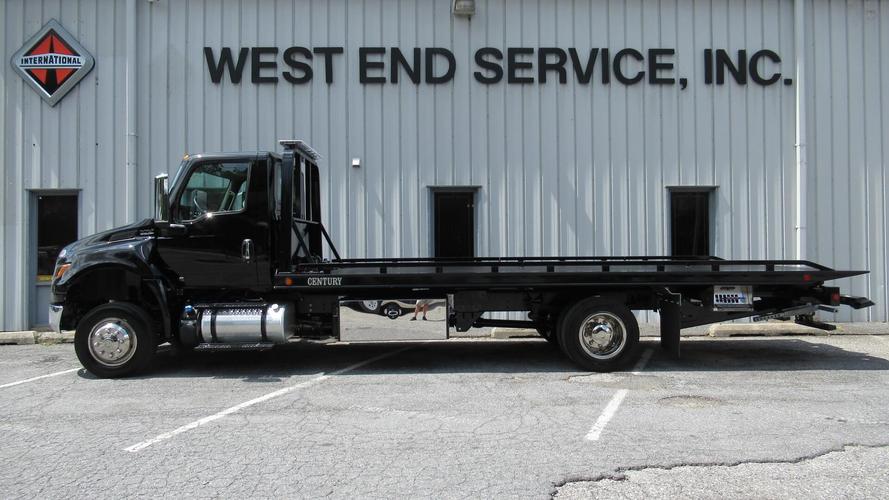02 Aug The Versatile Workhorse of the Transportation Industry
At West End Service, located in the heart of Maryland, we understand the critical role that flatbed trucks play in the transportation industry. These versatile workhorses are essential for hauling heavy loads safely and efficiently, keeping America moving day in and day out. In this blog post, we will delve into the importance of flatbed trucks, provide tips for safely loading and securing cargo, and explore the future of these indispensable vehicles.
Hauling Heavy Loads Safely and Efficiently
Flatbed trucks are the backbone of the logistics industry, enabling the smooth movement of goods and materials across various locations. Unparalleled in their accessibility, flatbed trucks can easily reach remote locations and urban areas. They accommodate goods of various sizes and weights, providing flexible cargo options. Flatbed trucks optimize transit times for shorter distances, offering quick delivery and end-to-end service for comprehensive logistics solutions.
How Flatbed Trucks Keep America Moving
Flatbed trucks are not just vehicles; they are the lifelines of industries, the economy, and, ultimately, the nation. They transport construction materials, machinery, and other heavy equipment, contributing significantly to sectors like construction, manufacturing, and agriculture. Without flatbed trucks, the smooth functioning of these sectors would be unimaginable.
Top 10 Tips for Safely Loading and Securing Cargo on a Flatbed Truck
Securing cargo on a flatbed truck is a skill that requires knowledge and attention to detail. Here are some tips inspired by experienced flatbed drivers:
1. Understand the weight of your cargo and distribute it properly on the trailer: Understanding the weight of your cargo and distributing it properly on the trailer is crucial for safe and efficient transportation. When you load a trailer, whether it’s attached to a truck, a car, or any other vehicle, it’s essential to consider the weight distribution to maintain stability, prevent accidents, and minimize wear and tear on the vehicle.
2. Secure each individual part of the cargo, especially if it has moving parts: Securing each individual part of the cargo, especially if it has moving parts, is a crucial safety measure to ensure the safe transportation of goods. This practice is particularly important when dealing with delicate, valuable, or potentially hazardous items.
3. Use chains and binders for heavy machinery. Ensure they are very tight to minimize movement: Using chains and binders for heavy machinery is a common practice to secure and stabilize equipment during transportation or while in use. Chains are strong and durable, making them suitable for handling heavy loads. Binders, also known as chain or load binders, are tools used to tighten and secure the chains around the machinery.
4. Always secure and stabilize the equipment: Properly securing equipment on a flatbed truck is essential to ensure the safety of the driver, the load, and others on the road. It’s also essential to comply with local regulations and safety standards that may dictate specific requirements for load securement. Incorrectly secured loads can pose significant risks and may result in penalties for the driver or the company responsible for the transportation.
5. For equipment with wheels, strap down each individual wheel: Strapping down each individual wheel on a flatbed truck is a method commonly used to secure equipment with wheels during transportation. This practice aims to ensure that the equipment remains stable, immobile, and safe throughout the journey.
6. Check your load every few hours: Chains will move and get loose, so you want to have a little bit of play in between to tighten it up.
7. Keep the deck clear of any loose items: Keeping the deck of a flatbed truck clear of any loose items is an essential safety practice that helps ensure the safe transportation of goods and the well-being of everyone involved. The phrase suggests that no unsecured or unrestrained items should be placed directly on the flatbed’s surface during transportation. Instead, all cargo should be properly secured to prevent it from moving or falling off during transit. Let’s elaborate on why this practice is crucial:
8. Make sure the tension in your chains or straps is very tight. The tighter, the better: Ensuring that the tension in your chains or straps is very tight when securing a load on a flatbed truck is crucial for safety and to prevent load shifting during transport. However, while it’s essential to tighten the chains or straps properly, it’s also important not to over-tighten them. Over-tightening can put excessive stress on the load or the flatbed truck’s structure, potentially causing damage.
9. Always double-check your load securement before hitting the road: By double-checking your load, truck drivers can significantly reduce the risk of accidents, ensure their compliance with the law, protect their cargo, and maintain their reputation as responsible and reliable transport providers. Remember, safety should always be the top priority when operating any commercial vehicle, and proper load securement plays a vital role in ensuring everyone’s well-being on the road.






No Comments